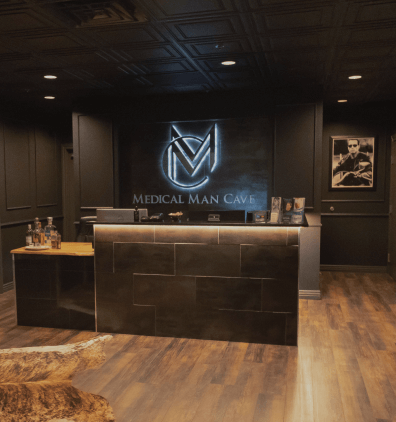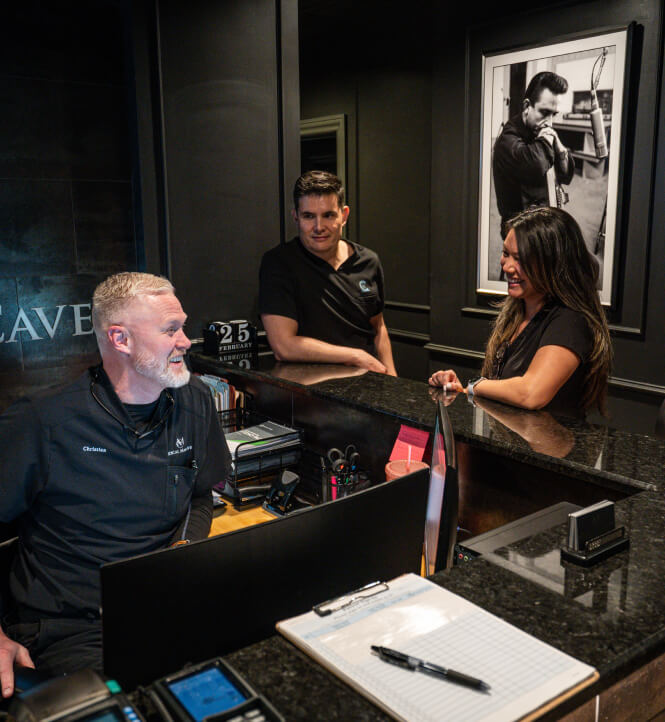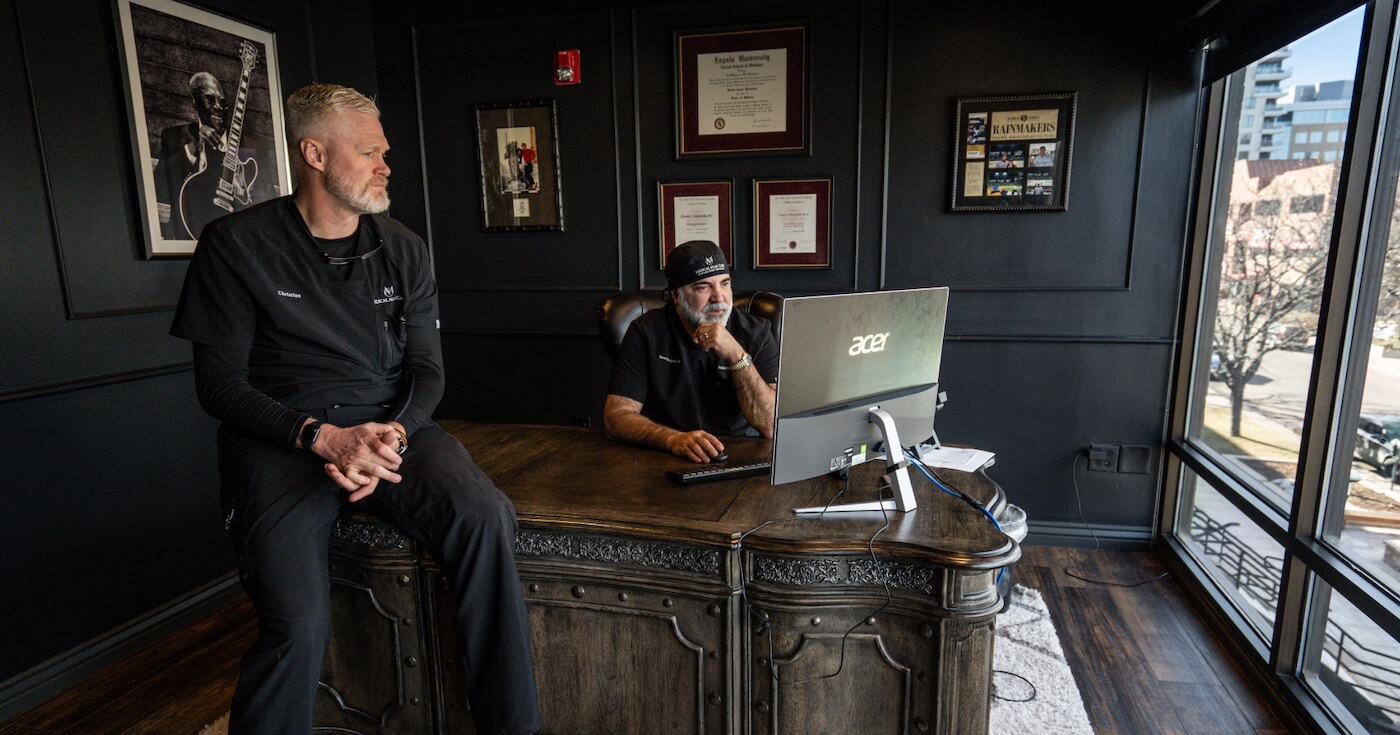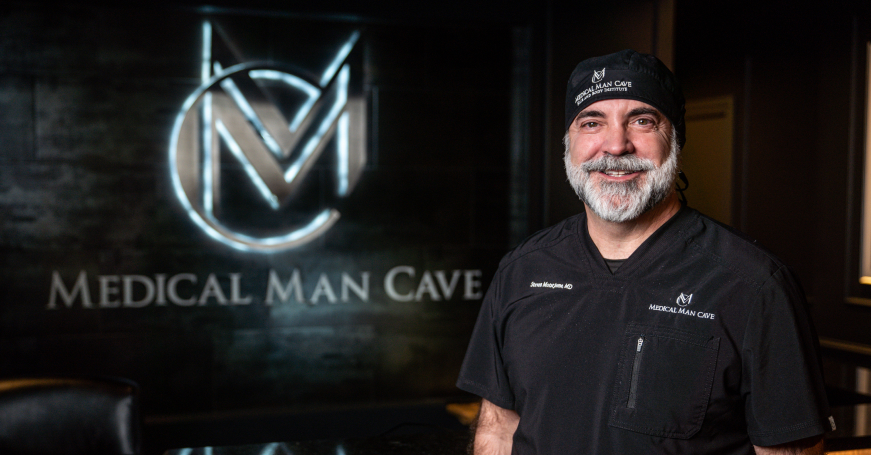Cutting-Edge Technology
We provide customized programs to help you look, feel, and perform at your best.
Our Most Popular Services
What You Can Expect
White Glove Hospitality


-
Premium Staff
We are committed to providing world-class health care and our success in achieving these goals reflects the dedication and vision of our staff.
-
Customized Treatment Plans
Our integrated care model is designed to connect you seamlessly to a tailored suite of services.
-
Luxurious Environment
We believe the perfect man cave has to be tailored to whatever you most enjoy. We have created a space you will never want to leave.

We wanted a clinic that’s all inclusive, from your primary care to cosmetics.
Dr. Steven Motarjeme
Founder

About the Founder
DR. Steven Motarjeme
Dr. Steven Motarjeme is a highly skilled physician with exemplary training and over 25 years of experience providing outstanding patient care. A Chicago native, “Dr. M” received his medical degree from Loyola Stritch School of Medicine and went on to complete 3 residencies at the prestigious Ohio State University.

He is an innovator and has always been on the forefront of medicine, from opening multiple laser and aesthetic centers in the infancy of the aesthetic boom to starting cutting edge Cardiovascular Hospitals and Hospitalist/Emergency Trauma programs across the country. He also co-founded the second largest Telemedicine company in the world.
With his diverse training, Dr. M has become a dynamic physician with impeccable surgical skills and a keen eye for aesthetic detail. His observations about medicine have led him to open Medical Man Cave, a clinic just for men – a place that offers privacy, comfort and empowers men to be the best versions of themselves.
So what is Medical Man Cave?
Don’t take our word for it
See what our patients are saying
